CMU/Yale study suggests BEVS could be majority or near-majority of cars and SUVs by 2030 given technology trends
Green Car Congress
JUNE 9, 2023
A suggestive market-wide simulation extrapolation indicates that if every gasoline vehicle had a BEV option in 2030, the majority of new car and near-majority of new sport-utility vehicle choice shares could be electric in that year due to projected technology improvements alone. —Forsythe et al. Forsythe et al. 2219396120

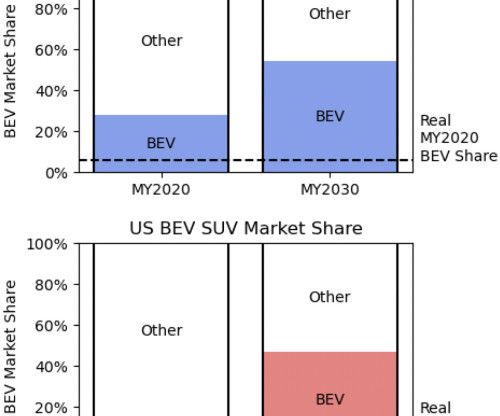
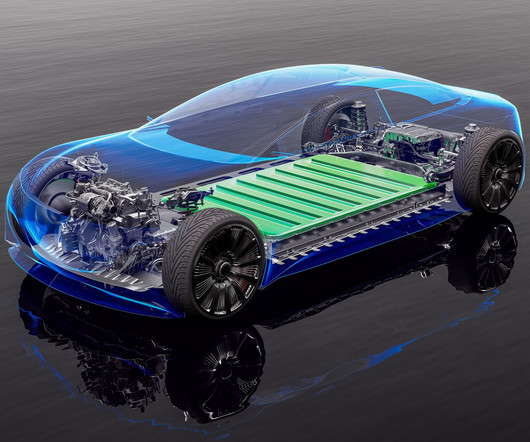


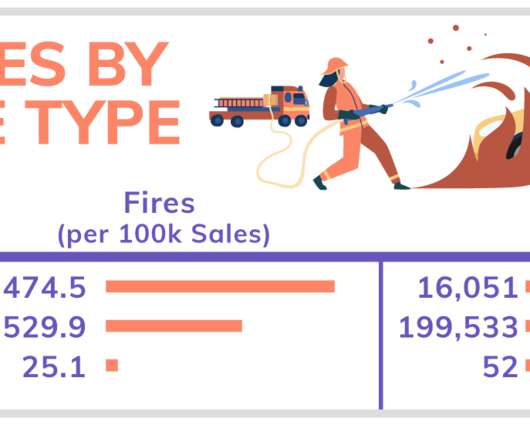







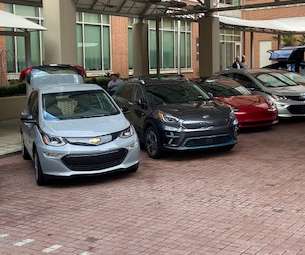

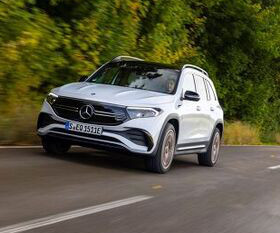

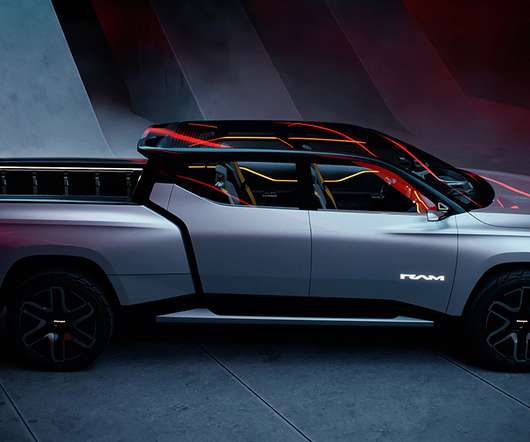


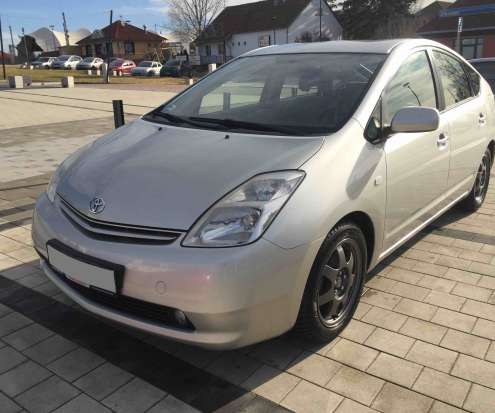
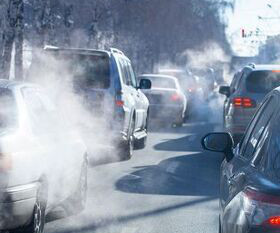








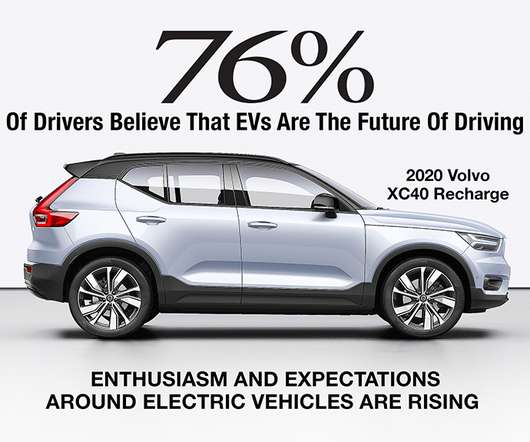
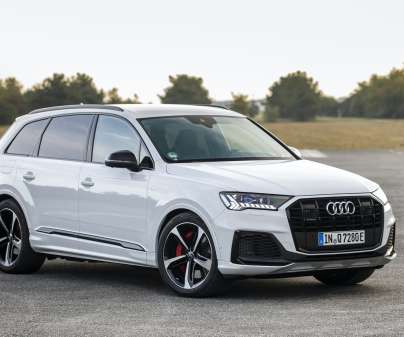












Let's personalize your content